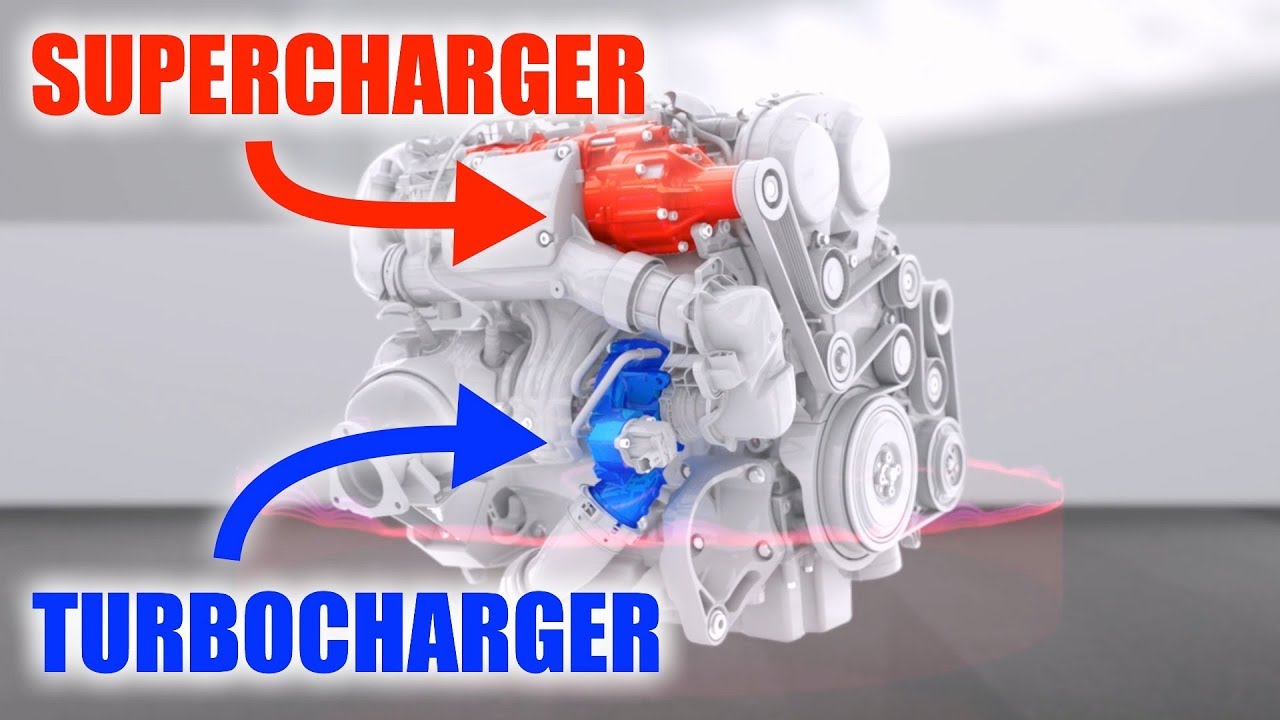Can a Car Engine Have a Turbo and a Supercharger?
Introduction
In the world of automotive performance, forced induction systems have become increasingly popular as a way to boost engine power and efficiency. Two of the most common types of forced induction systems are turbochargers and superchargers. While both turbochargers and superchargers serve the same purpose, they operate in different ways.
A turbocharger is driven by the exhaust gases from the engine, while a supercharger is driven by a belt connected to the engine’s crankshaft. This difference in operation means that turbochargers can provide more boost at higher engine speeds, while superchargers can provide more boost at lower engine speeds.
Can a Car Engine Have Both a Turbo and a Supercharger?
Yes, it is possible for a car engine to have both a turbocharger and a supercharger. This is known as twin-charging or compound boosting. Twin-charging systems combine the benefits of both turbochargers and superchargers to provide a wider range of boost pressure and improved engine performance.
In a twin-charging system, the supercharger is typically used to provide boost at lower engine speeds, while the turbocharger is used to provide boost at higher engine speeds. This arrangement allows the engine to produce more power and torque throughout the entire rev range.
Advantages of Twin-Charging
Twin-charging systems offer a number of advantages over single-turbo or single-supercharger systems, including:
- Increased power and torque: Twin-charging systems can provide a significant increase in power and torque over single-turbo or single-supercharger systems.
- Improved throttle response: Twin-charging systems can improve throttle response by providing boost at lower engine speeds.
- Reduced turbo lag: Turbo lag is the delay between when the driver presses the accelerator pedal and when the turbocharger begins to provide boost. Twin-charging systems can reduce turbo lag by using the supercharger to provide boost at lower engine speeds.
- Increased fuel efficiency: Twin-charging systems can improve fuel efficiency by reducing the amount of time the engine spends in boost.
Disadvantages of Twin-Charging
Twin-charging systems also have some disadvantages, including:
- Increased complexity: Twin-charging systems are more complex than single-turbo or single-supercharger systems.
- Increased cost: Twin-charging systems are more expensive than single-turbo or single-supercharger systems.
- Reduced reliability: Twin-charging systems can be less reliable than single-turbo or single-supercharger systems.
Conclusion
Twin-charging systems can be a great way to improve the performance of a car engine. However, it is important to weigh the advantages and disadvantages of twin-charging before deciding if it is the right option for your vehicle.





